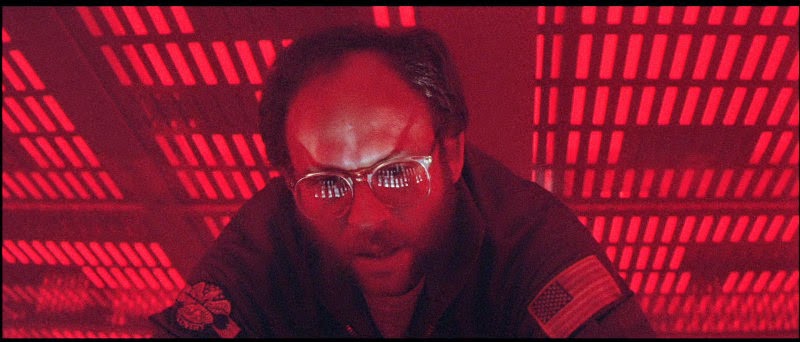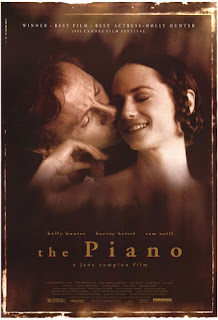December 2nd: 2010: THE YEAR WE MAKE CONTACT (Peter Hyams, 1984)
NOTE: This film will be screened in the high-definition Blu-ray format.
During the height of the Cold War, a joint U.S.-Soviet Union team of astronauts travels to Jupiter investigate the events of the failed Discovery One mission.
Director Peter Hyams had already proven successful with two science fiction films, Capricorn One and Outland. He managed to secure Kubrick's blessing before proceeding with his sequel, and also persuaded a once-reluctant Clarke to collaborate lightly via an early form of e-mail.
The cast is headed by Roy Scheider (Jaws, All That Jazz) as Heywood Floyd, a minor character from the earlier story. He is joined by John Lithgow (Interstellar, TV's 3rd Rock From The Sun), Bob Balaban (Close Encounters of the Third Kind), British actress Helen Mirren, and reprising their roles from the previous film, Keir Dullea as David Bowman and Douglas Rain as the voice of the HAL 9000 computer.
In a rare move, Hyams acted as his own cinematographer (which he has done on every one his his subsequent features). Most of the production was shot on the MGM studio lot, with some additional location footage in New Mexico and Washington DC. Kubrick had destroyed the design plans, models and sets for 2001, so they were reconstructed for the sequel using film stills as reference.
The special effects team was led by Richard Edlund, formerly of Industrial Light & Magic. Early forms of CGI were implemented, as well as an alternative to "blue-screen photography" in order to better replicate lighting conditions in space. The effects were all shot on 65mm film, as opposed to 35mm with the rest of the material.
The film opened to mostly positive reviews, and fared decently at the box office, outgrossing two other high-profile science fiction films that year: David Lynch's Dune and John Carpenter's Starman. It was nominated for five Academy Awards, including Art Direction, Costumes, and Visual Effects. Clarke would write two more novels in his series.
Running time is approx. 2 hrs.










Comments
Post a Comment